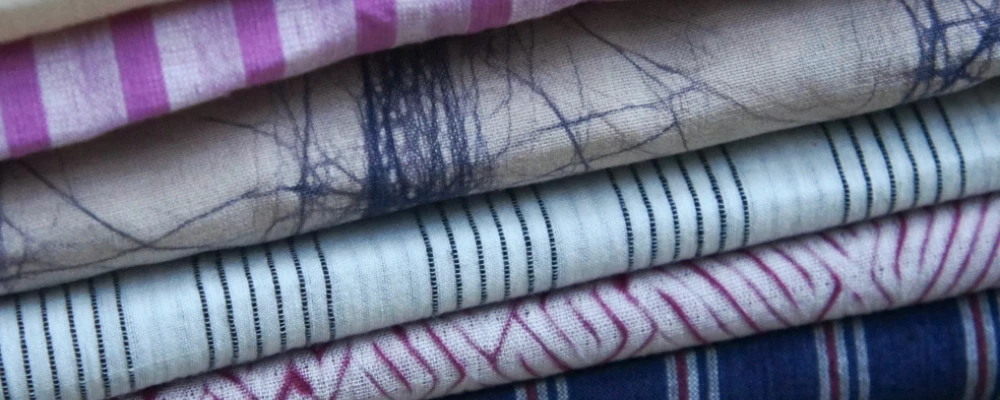
Indian Handwoven Khadi Fabrics For Clothing And Interiors
Over at Offset Warehouse, our textile shop, we recently took delivery of a bundle of handwoven fabrics from the West Bengal region of India. Unfortunately, as a traditional profession with skills passed down through the generations, as demand decreased, so did the number of weavers. Supporting this craft by purchasing fabrics enables the communities in khadi clusters to retain and improve their work. What is probably little known is that weavers do create new styles for Western customers, while there is a bustling need to continue weaving for the domestic market.
In this article, we take you through the limited edition selection we made and some critical insight from the founder of the textile business we partnered with.
What is khadi?
Khadi is defined as a handwoven - and usually hand spun - natural fibre cloth originating from eastern regions of the Indian subcontinent, mainly Eastern India, North-Eastern India and Bangladesh, though is now widely created throughout India and Pakistan. The resurgence of khadi handweaving in these regions is steeped in colonial history.
It is likely that you have heard of how Mahatma Gandhi started a revolution in retaining and increasing khadi production throughout India, through spinning the cotton fibres himself so teaching other weavers to escape the British monopoly on mills and exports. It meant that rural artisans could continue to create cloth for the domestic market, rather than importing expensive cloths from Britain, that had in fact come from Indian cotton anyway. Ghandi then moved on to Bangaldesh to inspire weavers there.
Why is West Bengal a handweaving hub?
Production clusters are set up and retained in Eastern India and Bangladesh through the generational sharing of skills. While the amount of weavers did decrease in the twentieth century due in part to the market of British-made cloth, as ethics and sustainability has increased in necessity for brands and designers, so too has the influx of desire for traditional handwoven cloths.
Along with khadi clusters, there also exists artisans who have honed and developed their craft in other techniques, including batik, handblock, jamdani and ikat.
You can read an article of ours on khadi weaving that goes into more detail.
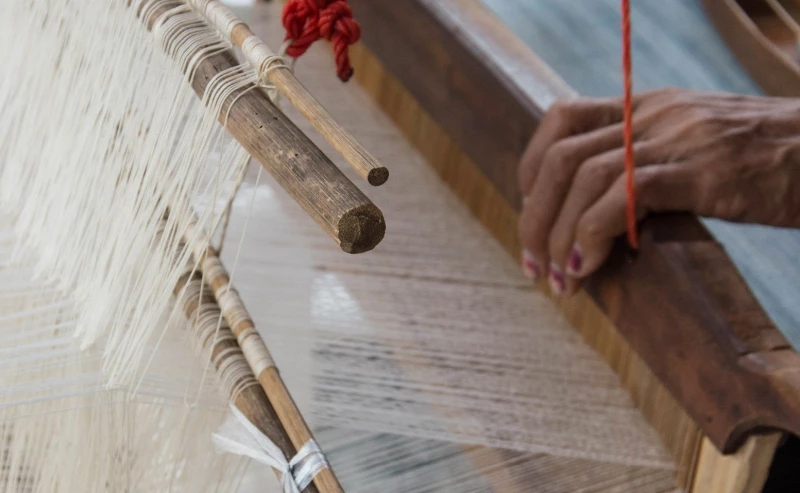
Traditional stripes
Timeless, gender neutral, seasonless... navy stripes make for a classic look whether as a garment, as pyjamas, or as bedding. The weight of these two gives you a standard khadi shirting weight, so you have softness on the skin but a substantial hand feel so what you make won't be fly away.
Get the Tricolore Yarn Dyed Stripe Khadi.
Get the Navy Pinstripe Yarn Dyed Stripe Khadi.
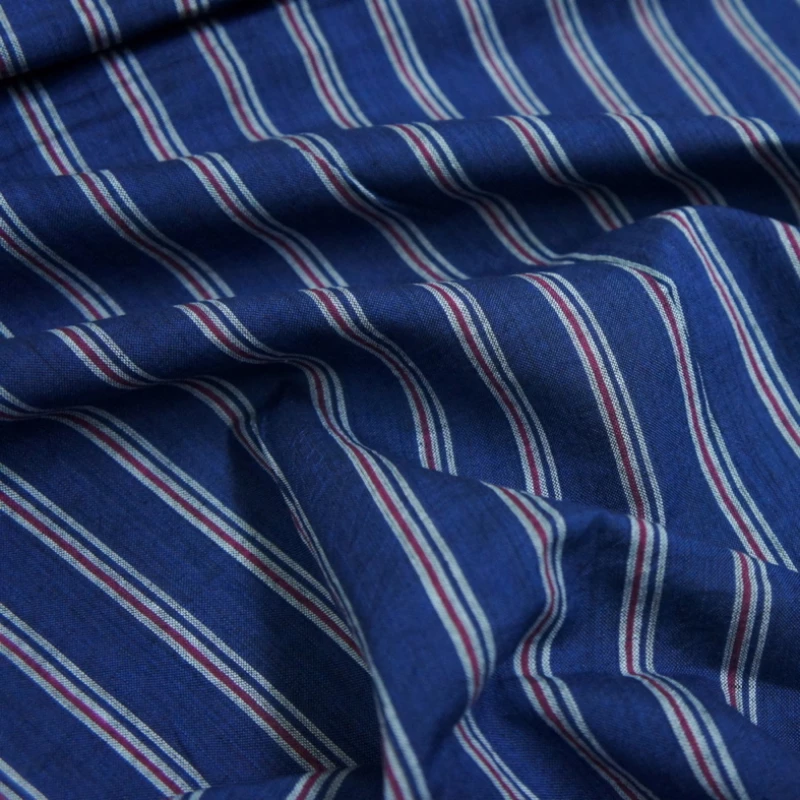
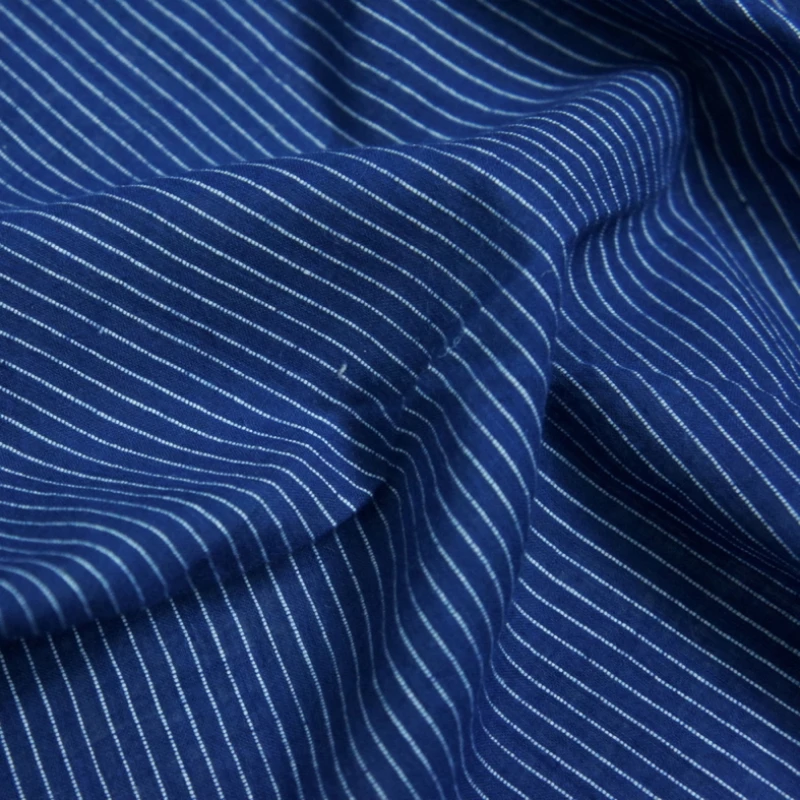
Shibori
Depending on the style you're going for, shibori patterns can be intricate like this one, or more minimalistic as you may come across with the indigo Japanese varieties. Using a fine khadi fabric, akin to a voile weight, the textile easily ties up and can be dyed in a wonderful array of vibrant shades.
“The weavers have moved on from their art form into different professions for a better wage.” ~ Dianoshiya Dorothy Clement
Get the Magenta Marble Shibori Voile. (Just 1 metre remaining!)
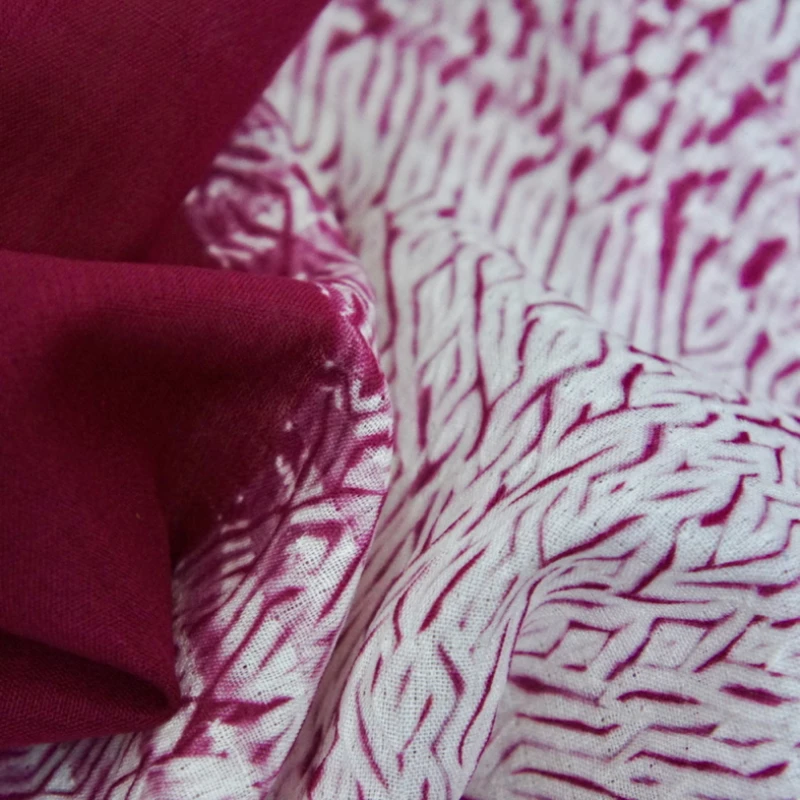
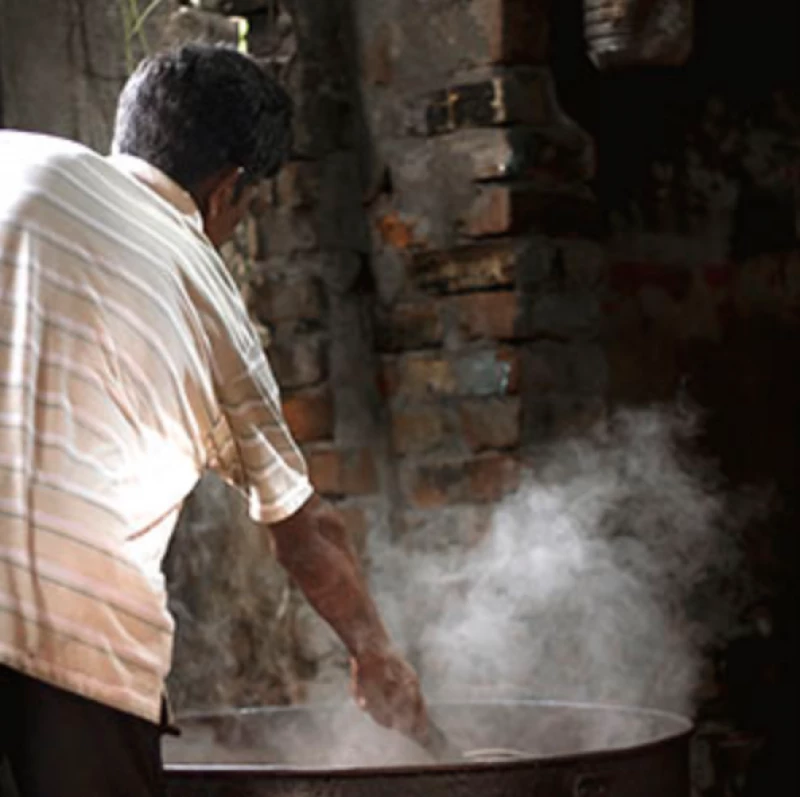
Batik
Referring to a wax-resist technique, batik can can be intricate by use of a canting tool where wax is hand-drawn onto a cloth, or a resist can be block printed on, before immersing in dye. The option we have is quite a simple but dramatic effect, created with a cracking technique. Wax is placed over the cloth, left to almost dry and then cracked. The cracks then allow a graduation of dye to absorb into the natural cloth, so creating a "spacey tie dye" effect known as "cracked ice" design.
Also shown here is a plain bleached white khadi that is a similar weight, woven in a different fair trade unit in India. It offers a basketweave structure providing the strength and durability that distinguishes khadi, plus a slight stiffness that was used for versatility in garment production.
Get the Violet Connection Basketweave Batik Khadi.
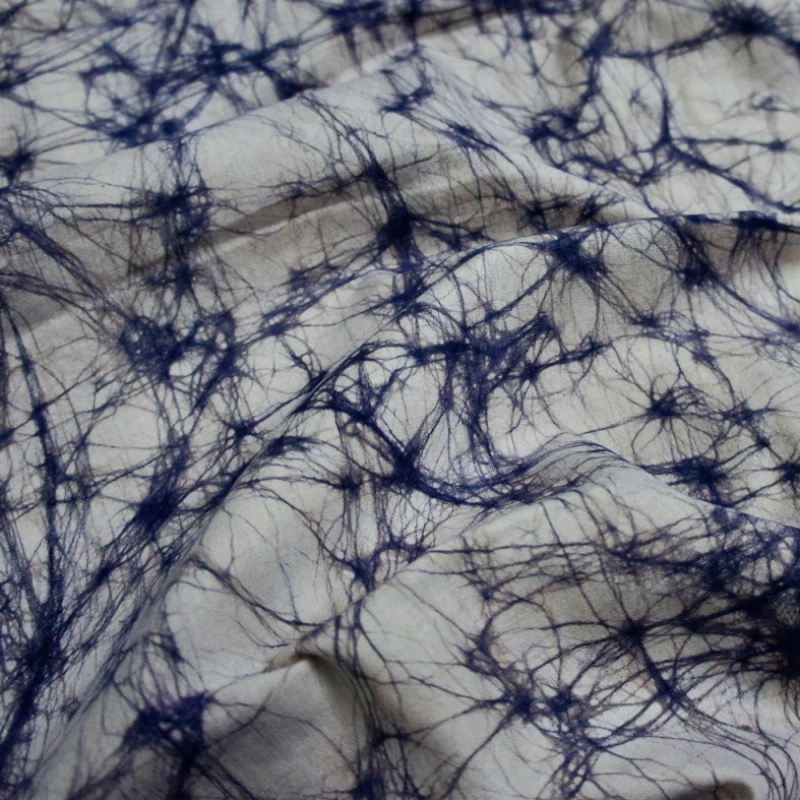
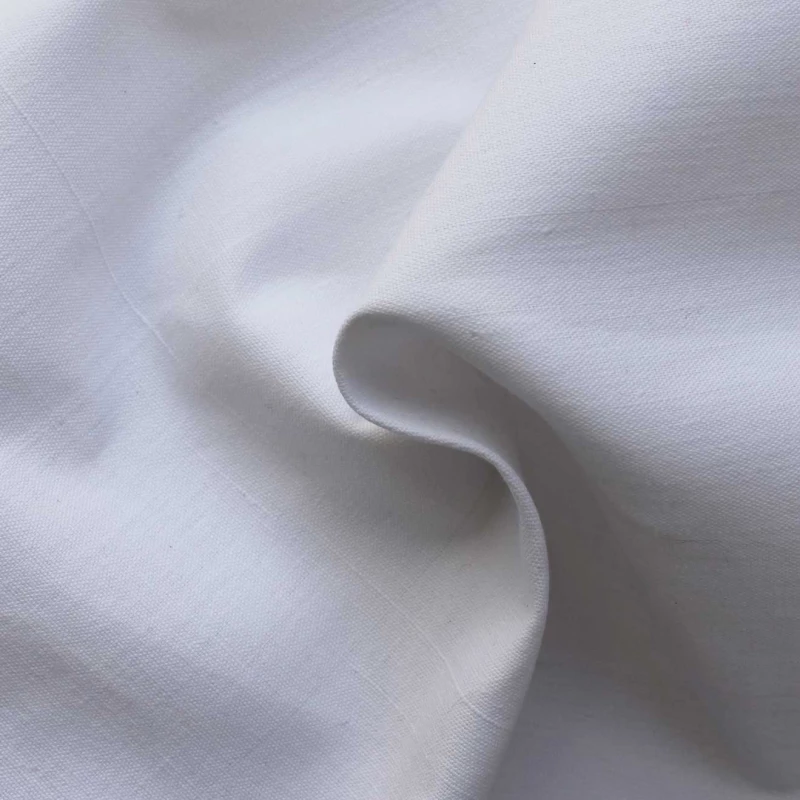
Why is handweaving at home preferential?
Homeworking set-ups allow people to stay within the community, which is a source of happiness to some. They can participate in festivals, limit travel time and stay close to family. It has caused issues in terms of transparency due to the fact that there are no regulations on working hours or forced child labour, however, a central overarching business like Anuprerna, Moral Fibre or Five P Venture (some businesses of which can be WFTO accredited) can ensure health and safety management through working with artisans.
“Whenever you say ‘sustainable’ obviously it doesn’t just mean the climate, it means the people behind it, their lifestyle and everything.” ~ Amit Singha
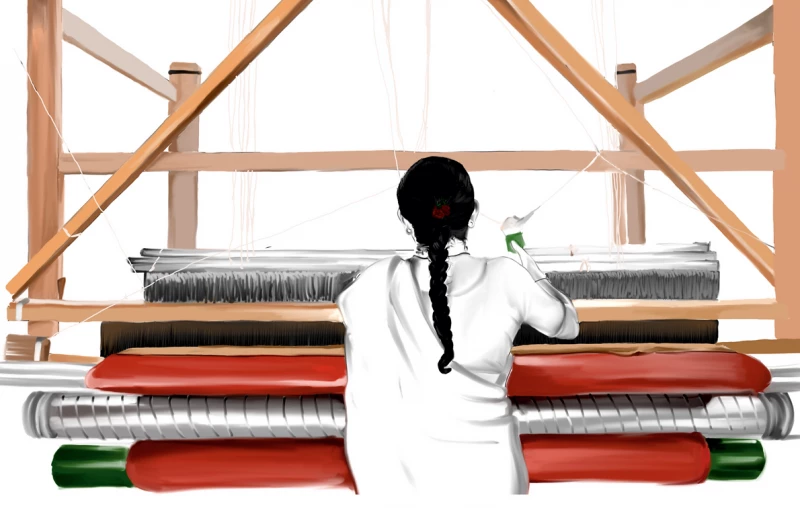
Classic styles
"Yarn dyed" refers to how the yarn is dyed prior to weaving, rather than dyeing after the cloth has been finished. It enables a cloth to be woven directly with a pattern, and especially with handloom fabrics you are able to distinguish the warp and weft.
Get the Gold Check Khadi Cotton Shirting.
Get the Ticking Stripe Yarn Dyed Shirting.
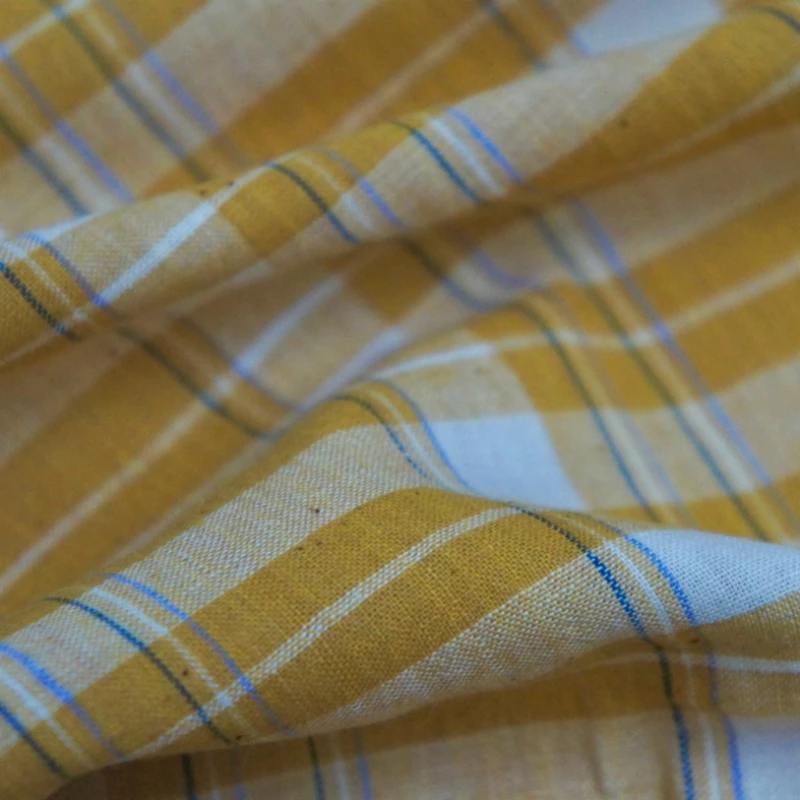
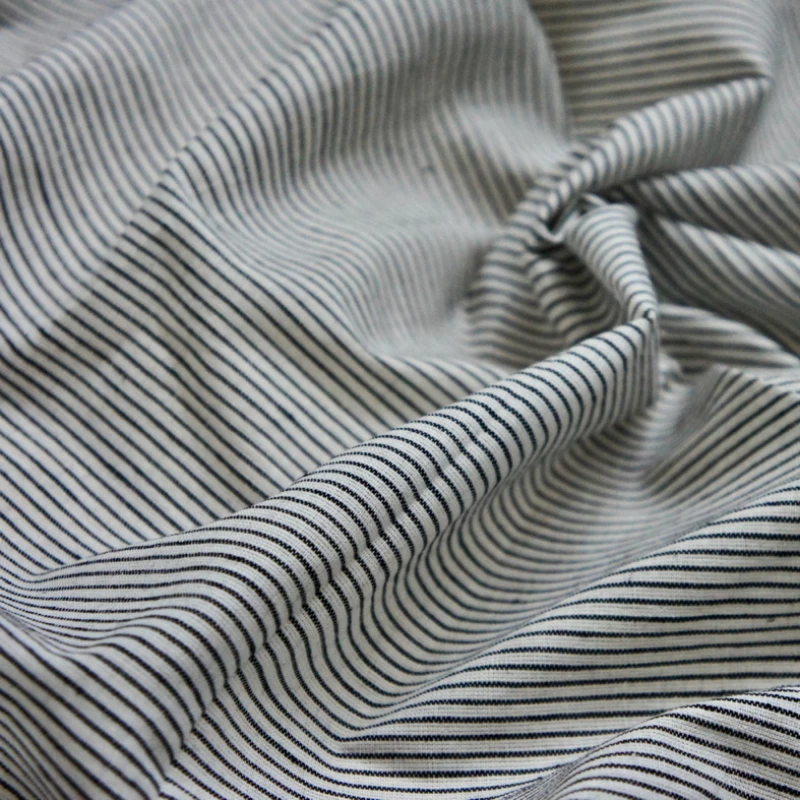
Lightweight
The most experienced of khadi weavers can produce a very fine cloth. It means that the hand spun cloth needs to have long staple cotton fibre spun carefully and expertly to produce a fine yarn. The weaver will then need to be conscientious. Here is a yarn dyed black pinstripes khadi cotton that is fine, but just a touch heavier and denser than voile making it more suitable for shirting and dresses. We also stock a handloom muslin that offers a light feel, though has been starched to create structure (it will wash out over time).
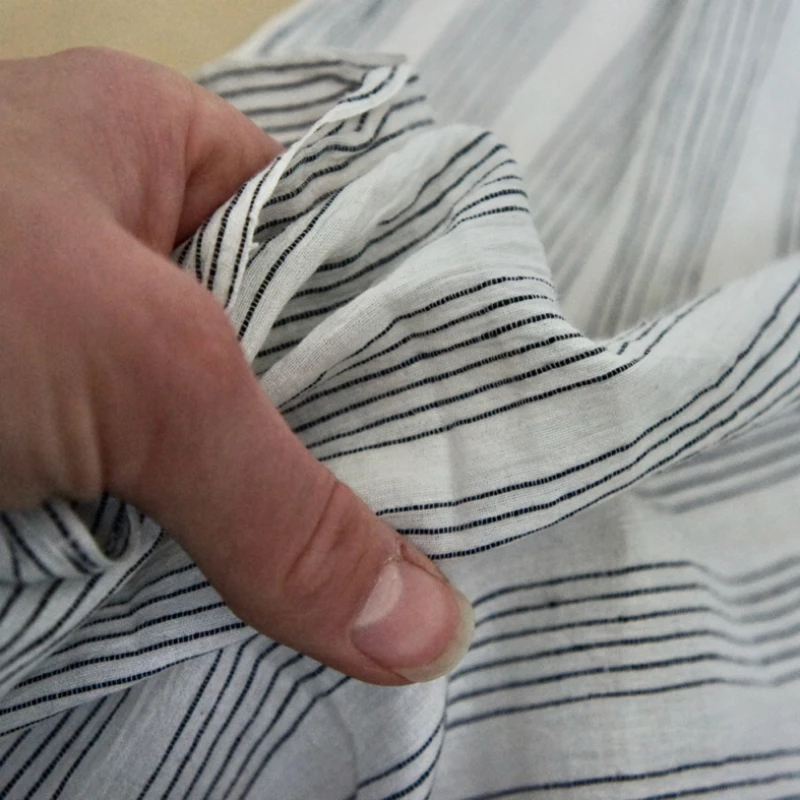
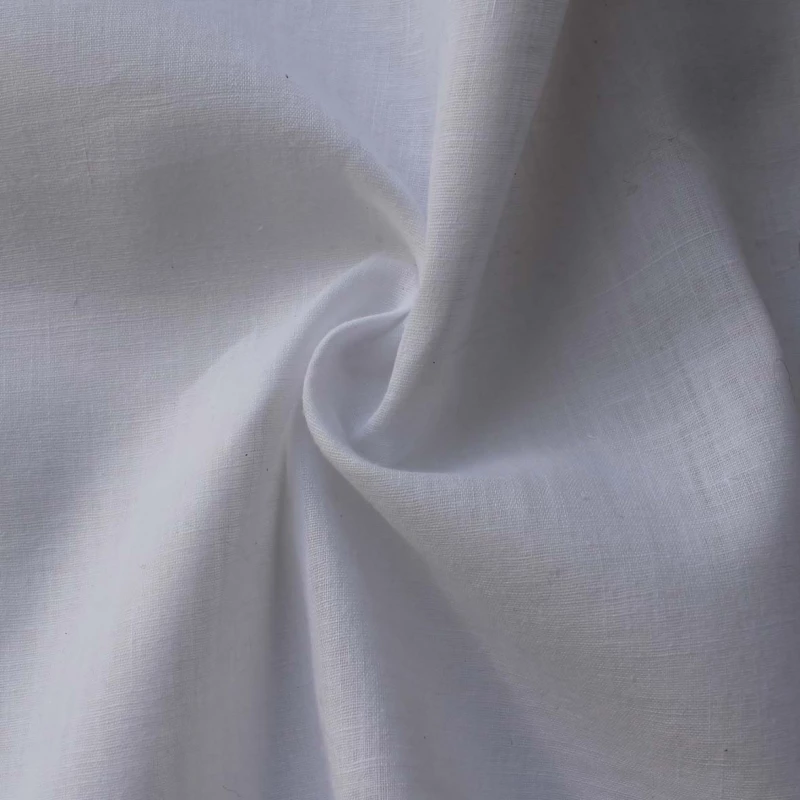
Fresh
As Amit Singha explained when we spoke to him about his business Anuprerna Artisan Textiles, there are designs created for a Western market, distinguished from those made for the domestic market. In some ways the patterns and colour palettes of khadi cottons can be clearly identified, but Indian dress is also very vibrant. These two offer a contemporary edge, with the softest and warmest of feelings to make it a textile worthy of clothing, accessories and interiors.
There’s a huge opportunity for artisans to reach out to people and communicate their passion and their skills in their trade to create those connections between people and consumer goods. This is motivational for the artisans in return because they see a need and a demand to improve their craft or learn new designs or methods.
Get the Pink Candy Stripe Yarn Dyed Khadi Cotton.
Get the Neapolitan Stripe Yarn Dyed Khadi Cotton.
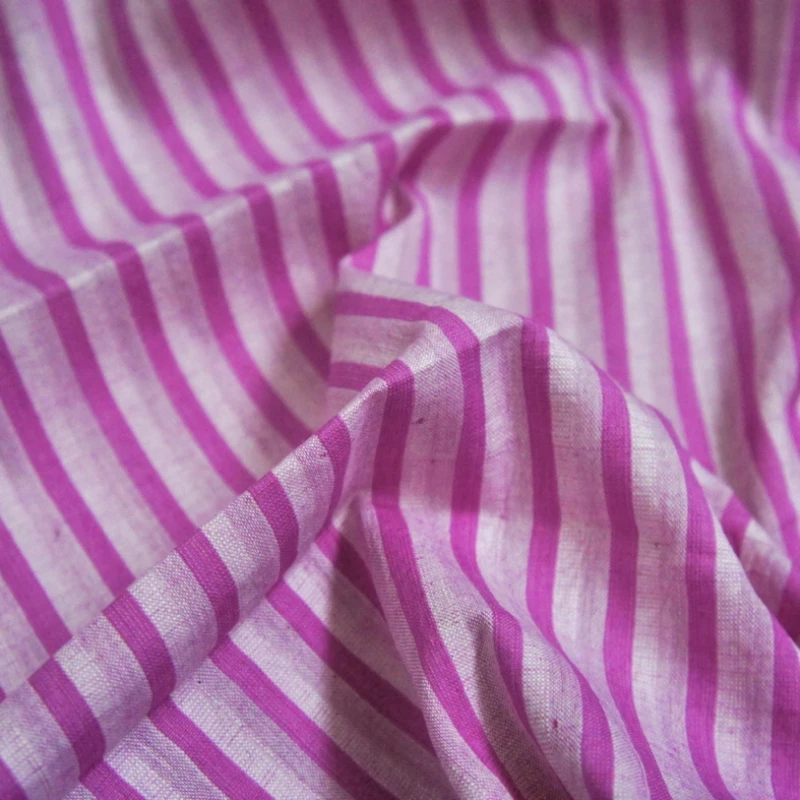
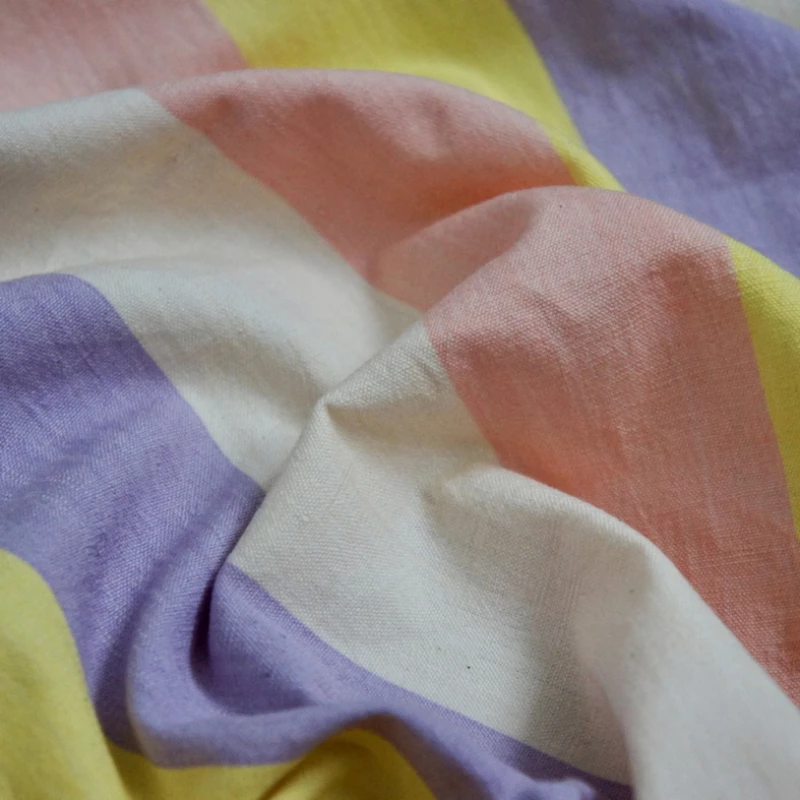
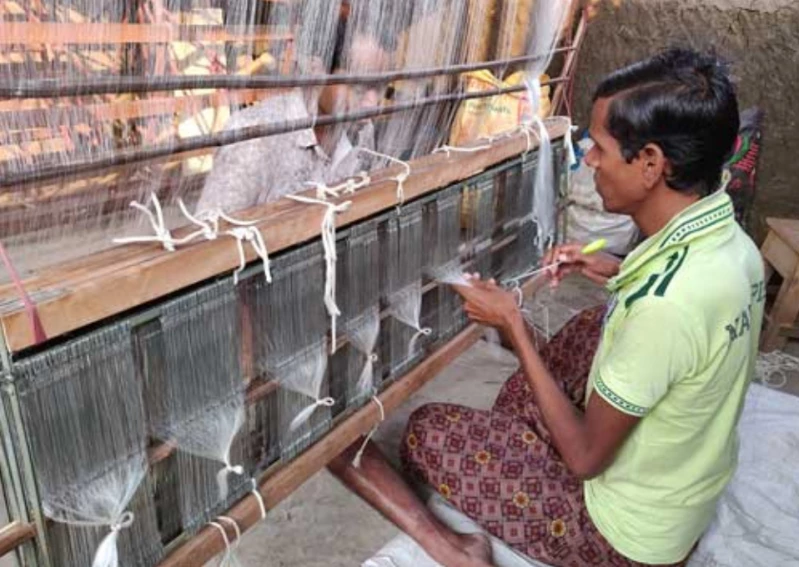
Additional reading:
Khadi and handloom: India's indigenous reply to shrinking jobs and ecological damage [The New Leam]
About weaving [Maiwa]
How handweaving clusters support livelihoods and wellbeing [The Sustainable Fashion Collective]
Supportive solutions to restore regional weaving practices [The Sustainable Fashion Collective]
